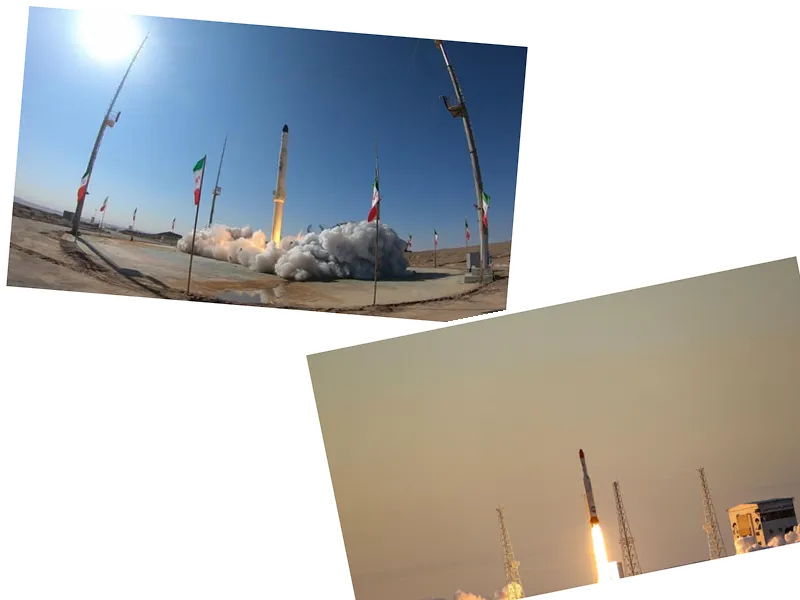Iran's Aerospace Advancements Amid Sanctions
Iran has successfully launched its Jamaran-1 research satellite into orbit, marking the second successful satellite launch this year. The satellite, weighing approximately 60 kilograms, was deployed using the Qaem-100 satellite carrier and is positioned at an altitude of 550 kilometers above Earth. This achievement highlights Iran's ongoing commitment to advancing its aerospace capabilities despite the Western sanctions imposed on the country.
The Jamaran-1 satellite, developed in collaboration with the Iranian Aerospace Industries Group and private companies, aims to test critical hardware and software systems essential for orbital maneuvering technology. This follows the earlier launch of the Thuraya satellite, which reached an altitude of 750 kilometers, setting a new record for Iran. While the U.S. military expresses concerns that the technology used for satellite launches could potentially be adapted for long-range ballistic missiles, Iran continues to assert that its space endeavors are peaceful and not a cover for developing nuclear weapons.
The Broader Implications of Iran's Satellite Launches
Iran's satellite launches have raised alarms among Western nations, who fear the dual-use nature of the technology involved. The Chamran-1 satellite, also recently launched, was developed by the Iranian Electronics Industries and is primarily focused on testing systems for high-altitude orbital maneuvers. Iran claims that its aerospace activities are compliant with U.N. Security Council resolutions, emphasizing their peaceful intentions.
Despite these assertions, the U.S. and its allies remain skeptical, particularly in light of Iran's significant missile program and military collaborations, such as its partnership with Russia. As Iran continues to expand its aerospace activities, the geopolitical landscape in the region may shift, with potential implications for international security and diplomatic relations.
- Iran's aerospace program has been a point of contention, especially since the U.S. withdrawal from the nuclear deal in 2018. The country has launched nearly a dozen satellites in the past two years, showcasing its technological advancements. The Ghaem-100 rocket, developed by the Revolutionary Guards, is a key component of Iran's satellite launch capabilities. The Iranian government maintains that its satellite launches serve peaceful purposes, including data collection for weather and agricultural monitoring, despite ongoing scrutiny from Western powers.






